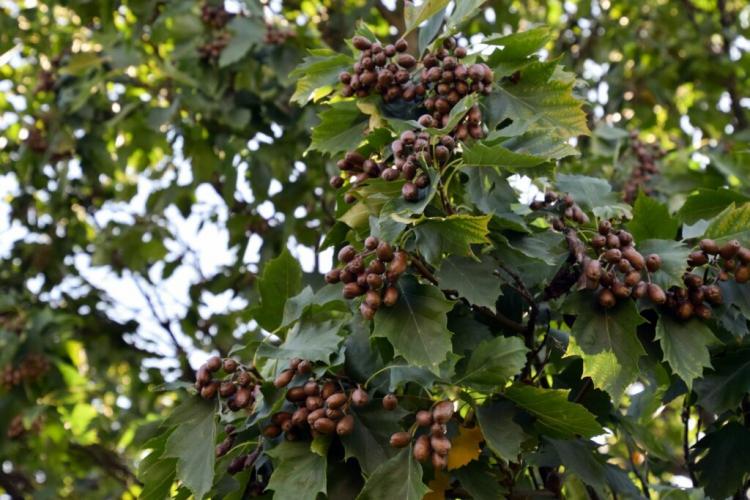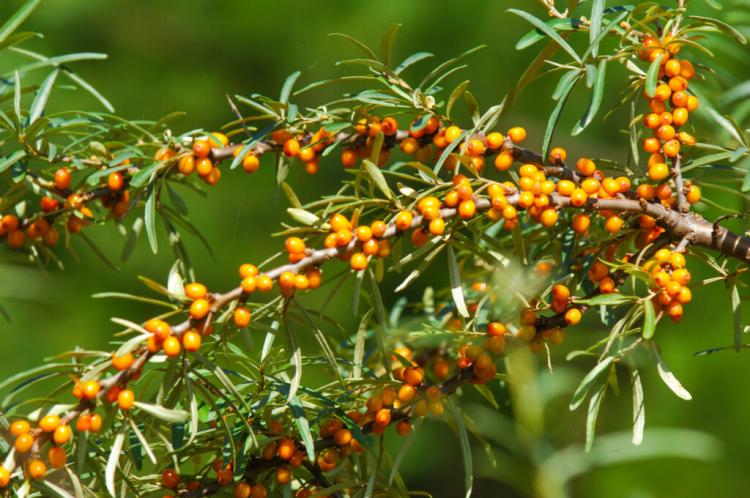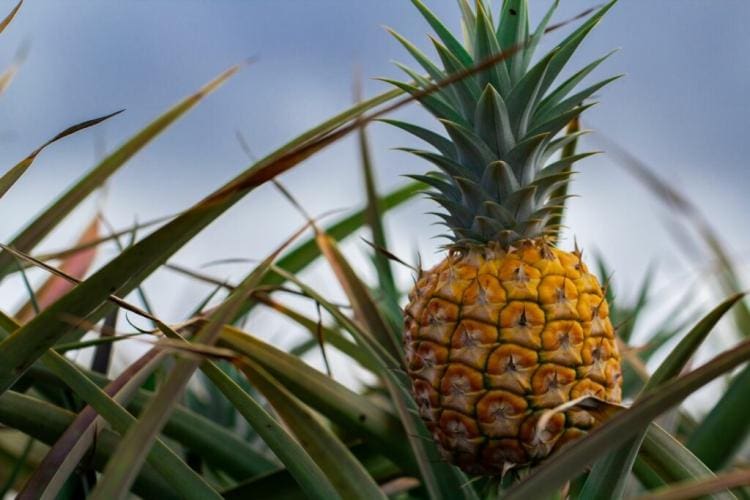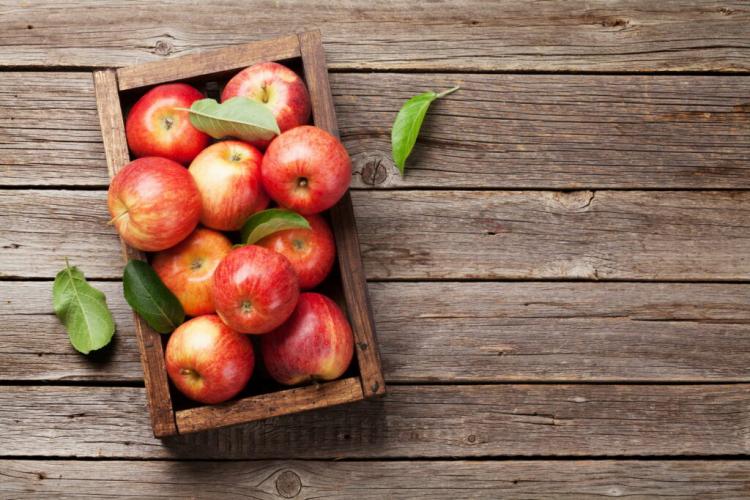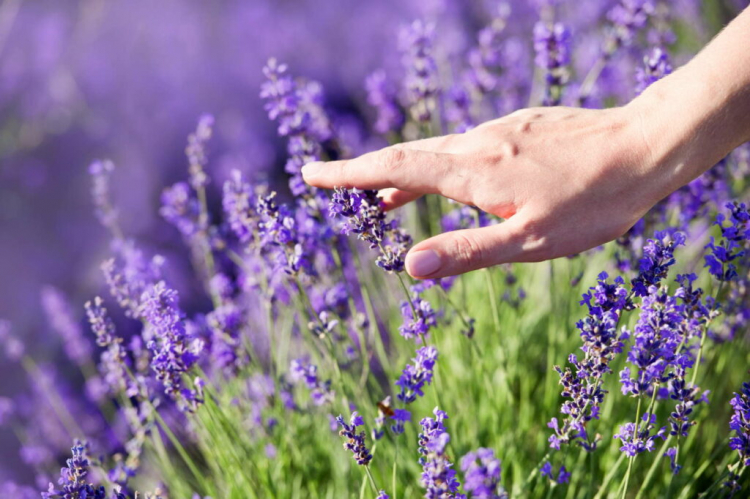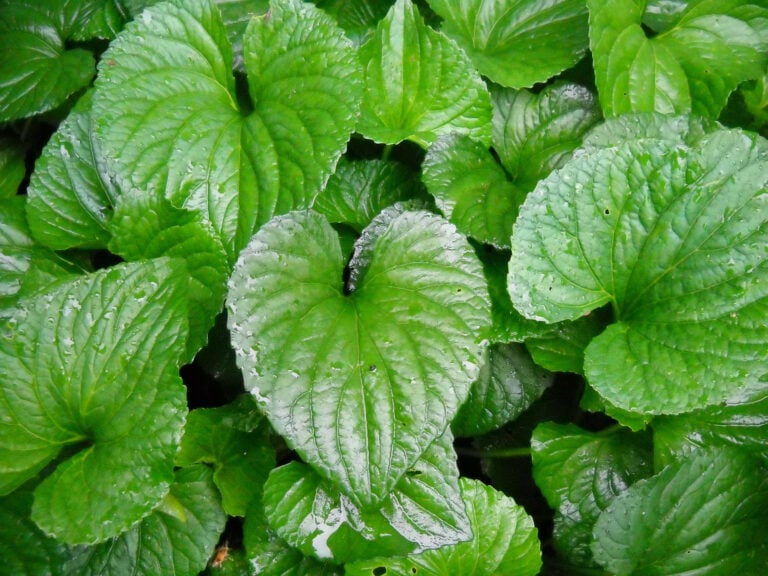Russian Sage Versus Lavender
Are you looking for a way to spruce up your garden? Have you been considering adding either Russian sage or lavender to your landscape? If so, we can help you determine which of these two popular plants is best for your garden.
Both Russian sage and lavender are popular for their fragrant flowers and grey-green foliage. But, do you know the difference between them? Russian sage and lavender might look similar, but they’re two very different plants. This information will help you understand the differences between them, as well as their uses and benefits in the garden.
Russian sage is an upright shrub that has a long blooming season and grows up to five feet tall. The sage has a unique fragrance, which is quite different from the sweet aroma of lavender. Lavender is a perennial herb that comes in a variety of sizes and colors.
Russian sage’s fragrant flowers and foliage have a wide range of uses in the garden, from creating an attractive border to providing food and shelter for pollinators. Learn all about the difference between these two plants and how to make the most of them in your own garden.
Overview of Russian Sage Flowers
Table of Contents
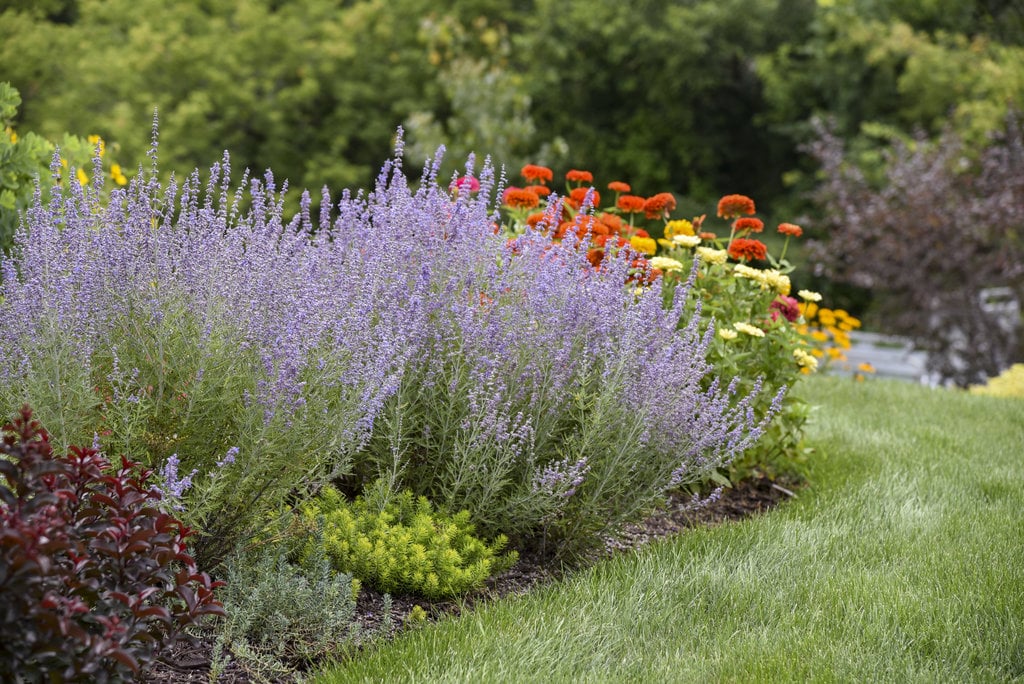
Russian sage flowers (Perovskia atriplicifolia) are a woody shrub that is native to Central Asia. It’s a species of the mint family, and is closely related to sage, thyme, and mint.
The shrub produces intense, pungent aromatic flowers with silvery-green leaves and small, light-blue flowers that can grow up to five feet tall.
The Russian sage is a low-maintenance plant that is great for beginners and attracts pollinators, including butterflies and bees. It also attracts birds and beneficial insects, such as lacewings, ladybugs, and hoverflies.
Russian Sage flower shrub holds its blossoms until they turn to seed, producing an abundance of rich-colored flowers throughout the growing season. The shrub is often used as an ornamental plant in the garden, as well as in container gardens.
The shrub can also be used to create vertical gardens and for erosion control. The Russian sage is a hardy plant that can grow in most soil types and withstands both dry and moist conditions. The plant can be grown as a perennial in warm climates and as an annual in colder areas.
What is similar to Russian sage?
Russian sage is similar to many members of the mint family, including catnip, peppermint and spearmint. In fact, it is so closely related to these plants that some people consider it a variety of mint.
Russian Sage can be used interchangeably with other mints, but has a distinct flavor that makes it especially suited for use in cooking or in teas.
You may be interested in Cutting Mint
Uses of Russian Sage in the Garden
Traditional Use
Russian sage is traditionally used to repel insects, including mosquitoes and ticks. It is also used to repel harmful rodents and repel flies.
Garden Border
This herb can be used to create a colorful garden border that attracts butterflies and bees. You can also add this shrub to an herb garden to attract pollinators.
Culinary use
Russian Sage leaves are edible and can be used in salads, soups, and stir-fries.
Dye
Russian Sage leaves can be used to create a vibrant dye for fabrics.
Vertical Garden
This shrub can be planted as a climbing vine for a vertical garden that attracts pollinators and beneficial insects.
Overview of Lavender Flowers
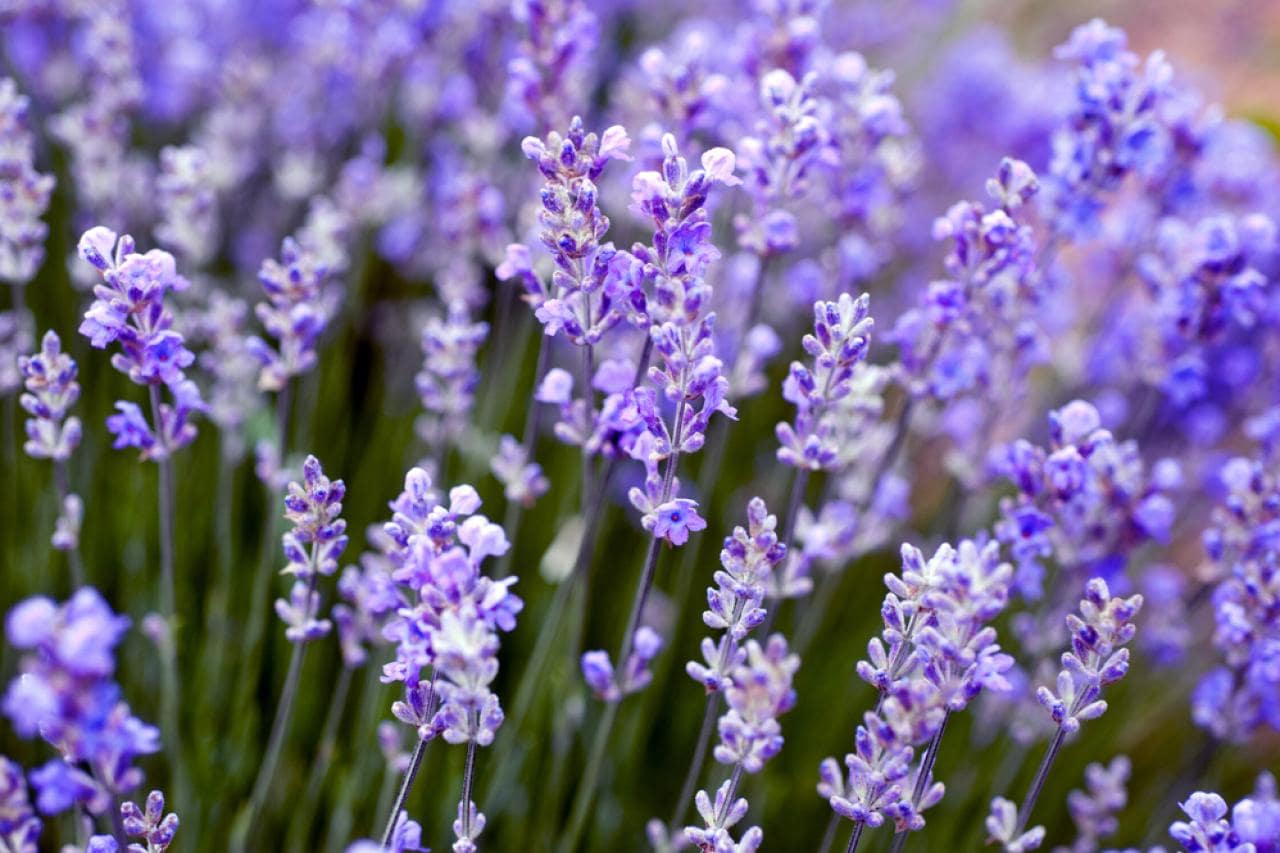
Lavender (Lavandula angustifolia) is a perennial herb that is native to the Mediterranean region. It’s a species of the mint family and is closely related to sage, thyme, and mint.
The plant produces aromatic flowers and grey-green shrubs that bloom half an inch at most and can grow up to two feet tall.
Lavender is an easy to care plant that is great for beginner gardeners, due to its aromatic scent it attracts pollinators, including butterflies and bees.
Lavender flowers are one of the most beloved fragrant blooms in the world. With their captivating aromas, beautiful petals, and calming properties, it’s not hard to see why they are so popular. Lavender blooms earlier than Russian Sage.
Lavender plants and Russian sage not only do make a stunning addition to any garden, but they also have a range of therapeutic benefits. From its ability to reduce stress to its use in perfumes, lotions, and more, lavender flowers are truly an invaluable addition to any garden.
You Might Like How to Trim Lavender Bush?
French Lavender
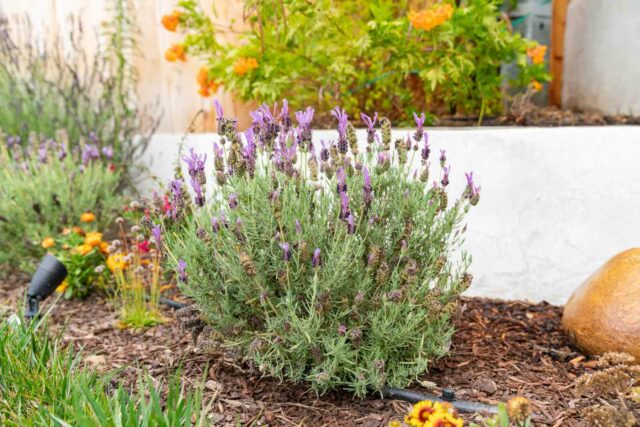
French Lavender is an aromatic plant that grows in the Mediterranean region. It’s a member of the mint family, and produces a white flower with a purple hue.
French Lavender has been used for thousands of years to treat minor ailments such as headaches and migraines, as well as to heal wounds and burns. To plant French lavender within a garden, ensure that the soil is drained well.
Is Lavender the same as Russian sage?
No, Lavender and Russian sage are not the same plant. While they are both part of the same family, Lamiaceae, they are different species. The most notable difference between them is their appearance.
Lavender is a small shrub with silvery-green leaves and purple, fragrant flowers, while Russian sage is a taller, woody shrub with silvery-green leaves and small, light-blue flowers.
Lavender is known for its calming properties, and is often used in aromatherapy and herbal medicine, while Russian sage is mostly used as an ornamental plant. So, while they both may look similar, they are actually two different plants.
Is Lavender and sage the same thing?
Lavender and sage are both fragrant herbs. They have similar scents, but they’re not exactly the same.
Lavender is a pale-blue flower that grows in clusters on the top of long stems. Sage is a greenish-gray herb with a strong, pungent smell.
You Might Like Is Lavender Toxic to Cats, Dogs Or Humans?
Uses of Lavender in the Garden
Traditional Use
Lavender has been used for centuries for its medicinal properties. The lavender plant is known for its anti-inflammatory properties and has been used to treat bruises, anxiety, headaches, and insomnia.
Insect Repellent
Lavender repels harmful insects such as mosquitoes, flies, and fleas. The lavender flower can also repel harmful rodents including rats and mice.
Ground Cover
Lavender can be used as a ground cover to repel weeds and add color to your garden.
Culinary use
The leaves of this plant are edible and can be used in salads, soups, and stir-fries. – Dye- The flowers can be used to create a vibrant dye for fabrics.
You Might Like When Do Lavender Bloom
Russian Sage and Lavender: Comparison
Russian sage and lavender are two different plants that have many distinct characteristics between them. While they share a few similarities, it’s important to know the difference between them to use them properly in the garden.
Russian Sage is larger in size
Russian sage is a perennial that grows to about 5 feet tall, whereas lavender can grow up to 2 feet in height.
Although Russian sage is a bit larger than lavender in most cases, it should be noted that there are many varieties of lavender that are quite small and compact.
Lavender Leaves are narrow
Lavender leaves are narrow because it is a shrub and Russian sage is a small tree. Most of the Lavender plants like French lavender, and English lavender has short branches and their leaves grow in pairs on each branch. Russian Sage leaves grow singly on each branch because of tall branches.
Growing requirements
Russian sage and lavender are two of the most popular plants for landscaping in the United States. Both are grown primarily for their aromatherapy properties, but both also have other uses.
Lavender plants and Russian Sage are often grown in pots or other containers outdoors, but can also be grown indoors.
Lavenders can be grown as annuals or perennials, and Russian sage usually only grows as an annual.
To grow Russian sage it requires a lot of sunlight. Russian sage will grow best if it receives at least six hours of direct sunlight per day, while lavenders need at least three hours of direct sunlight per day to thrive. They can also grow outside in the shade but they’ll still need some light to perform at their best.
Both plants need plenty of water and well drained soil during the growing season (late spring through early fall), so make sure you’re watering them regularly.
You should also fertilize your plants once every two weeks during this time period with a fertilizer specifically formulated for growing plantings outdoors.
Lavender and Russian Sage: Beneficial or Poisonous?
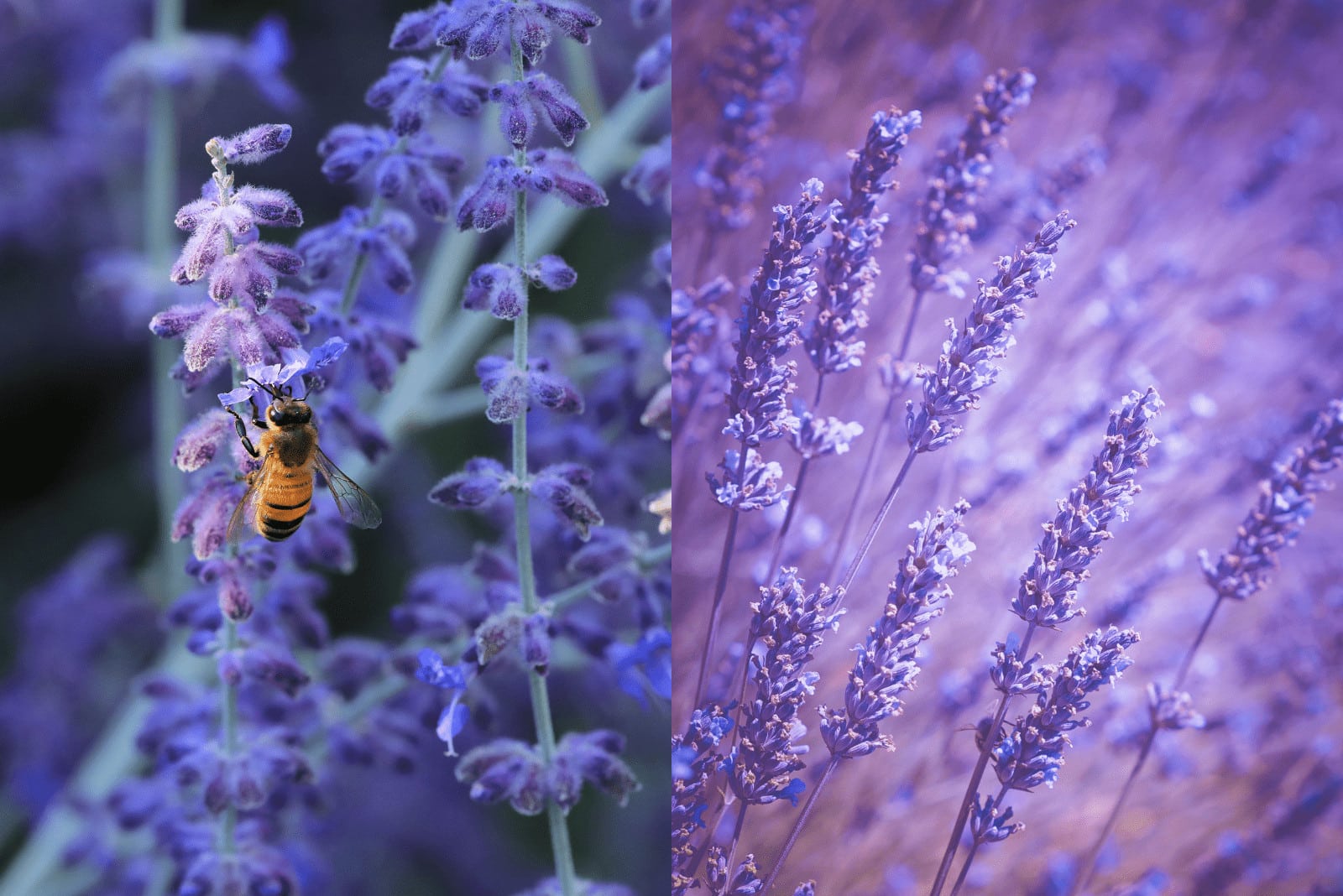
Lavender plant and Russian sage are both non-toxic, which means they are safe for pets and people with allergies.
Both lavender and Russian sage have calming effects on the nervous system. They may help reduce anxiety or stress in those who suffer from it.
Both plants also possess medicinal properties that can be used to treat other ailments such as headaches, insomnia, digestive problems and even colds and flu symptoms.
People who suffer from asthma should avoid excess eating of Russian Sage plants and Lavender plants because they can trigger an attack if inhaled in large quantities. Lavender flowers contain an essential oil known as linalool; this helps soothe inflamed nasal passages.
Are Russian Sage Plants Toxic?
Russian sage has a long history of use as a medicinal herb, and it’s been used for hundreds of years as an alternative to traditional medicines such as Chinese medicine.
However, recent research suggests that Russian sage may have some negative side effects. In fact, it’s been found that Russian sage can cause liver damage in some people if they take overdoses or take it in excess.
Lavender’s Healing and Aromatherapy Uses
Lavender’s long history as a medicinal herb is well-documented. It has been used in Europe since the Middle Ages as a treatment for respiratory ailments like colds, sore throats and bronchitis.
In recent years, lavender essential oils have been proven to have anti-inflammatory properties that can help with muscle aches and pains. It can also help reduce swelling and itching caused by insect bites or poison ivy rash.
Lavender plant is a popular essential oil in aromatherapy, used to treat everything from insomnia to depression. In aromatherapy, lavender has been used to relieve dry skin, as well as to soothe headaches and migraines.
It also has an array of other uses which include treating insomnia due to stress or nervousness (it helps relax the mind), boosting energy levels during stressful times (it soothes the mind), helping with digestion issues such as indigestion or heartburn (it calms your stomach muscles) and improving breathing problems such as asthma (it opens up blocked airways).
Russian Sage and Lavender: Which one is best for gardening?
Russian sage and lavender are both beautiful and fragrant plants, both of these plants are known for their aromatic qualities and their ability to help clean the air.
They are a good addition to a garden, but before choosing you must consider the purpose and what you want from the plant.
Lavender Plants

Lavender plants are a great choice if you want to grow a plant that’s easy to maintain. It’ll only require watering when the top inch of soil feels dry, and it won’t need any extra fertilizer if you don’t want to use any.
Lavender is an easy-care plant that makes a great addition to any garden bed or container. It thrives in dry conditions and is great for adding beauty to any outdoor area, such as porches or patios.
Lavender is another perennial herb that can be enjoyed by gardeners who want a more fragrant aroma around their property or home. Lavender also comes in many different varieties with different shapes and sizes, but it all has one thing in common: its scent.
Lavender flowers have a light purple color with some dark purple streaks running through it; this gives them an almost black appearance when viewed from afar.
Lavender is easy to grow because it does not require much maintenance at all; just make sure you water regularly.
Russian Sage

Russian sage is a good option if you’re looking for a plant that’s easy to care for. It’ll give off its signature scent throughout the whole year (although it can be a little stronger in areas where there’s less competition), but it shouldn’t need any extra fertilizer or water once you’ve established your patch of ground.
Russian sage has long been used as a fragrant herb by gardeners and chefs alike. It has a spicy flavor and is often used in cooking with meat or fish because of its strong aroma.
Russian sage is a perennial plant that is commonly used in landscaping and around the home. The plant has a large, oval shape with narrow leaves that grow to be about two inches long and one inch wide.
The leaves of Russian Sage are green in color and have a hint of purple on them when they are young, but they turn brown as they age. Russian sage blooms from June through September or early October.
Can you plant Russian sage and Lavender together?
Russian sage and lavender are both good companions. They are members of the genus Salvia, which includes a variety of plants with similar growing habits. They both grow best in full sun and prefer well-drained soil.
Both species are drought-resistant and do not require much water once established. The two species will look very different when grown together.
